Sculpture refers to the ornamental and memorial objects that are carved to beautify the environment or for commemorative purposes, and have certain meanings, symbols or pictographs. Sculpture is a kind of plastic arts. It is also called sculpture, which is the general name of three creation methods: carving, carving and sculpture. It refers to the art of using various plastic materials (such as gypsum, resin, clay, etc.) or hard materials (such as wood, stone, metal, jade, agate, aluminum, glass fiber reinforced plastic, sandstone, copper, etc.) that can be carved or carved to create a visual and touchable artistic image with a certain space to reflect social life and express the artist's aesthetic feelings, emotions, and ideals. The lines can reduce the carved material through carving, while the plastic can achieve the purpose of artistic creation by adding plastic material.
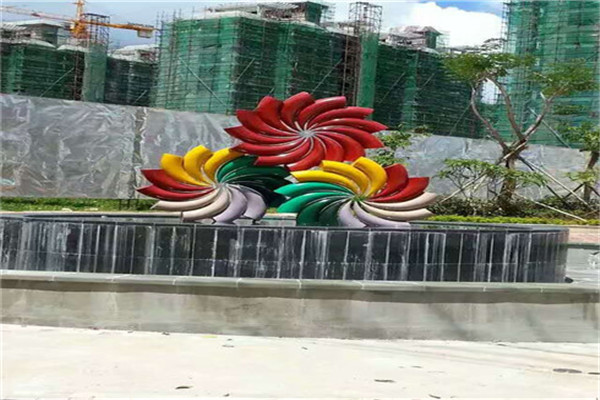
The types of stone inscription monuments include monuments, memorial monuments, merit monuments, temple monuments, Dianzi monuments, mausoleum monuments, etc. Except for a few wordless steles, they are generally literal steles. Usually, characters are carved on the body of the stele, and some are accompanied by carved patterns. The pedestal and cover of the stele are mostly carved with decorations, birds, animals, flowers, and mascots. The cover of the stele of the imperial family is also carved with dragons and phoenixes. Marble is the most commonly used stone for making the stele, and sandstone and granite are also commonly used. Some of the steles are huge, and some of them become a group of steles. Stone books are written with stone instead of paper, and carved instead of pen, which is very ingenious. There are many famous works of stone tablet processing and stone calligraphy carving. For example, "Xi'an Forest of Steles" includes more than 3000 historical steles from Han Dynasty to Qing Dynasty. It is the largest collection of stone books in China. Together with the "Forest of Steles in Hanlin" under construction in Kaifeng, it can be said that it is a sea of steles, and it is a collection of calligraphies of regular script, line, grass, seal script, clerical script and Wei style by famous calligraphers of all ages. In addition to large-scale carvings such as stele books and cliff carvings, there are also some stone carvings, such as mourning volumes in imperial tombs and modern fine carved small stone books, such as more than 100 mourning volumes of white marble excavated in the tomb of the prince of the Tang Dynasty, and six stone books of "Thirty six Strategies" carved in tile slate in modern Chengdu, a total of 26 pages and 1278 words, bound into a volume with eyeliner, each page is 2.2.6mm, which can be read.
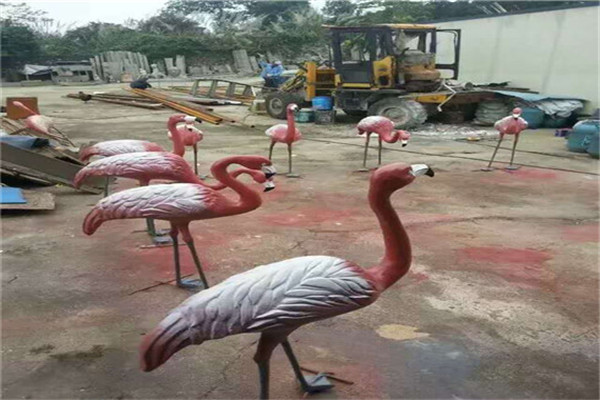
Micro carving is a kind of carving technique that is good at small and fine. Chinese micro sculpture has a long history. Miniature carvings appeared in oracle bone inscriptions as far back as the Shang Dynasty. During the Warring States Period, the seal was as small as millet, but the seal was divided into white and black. Wang Shuyuan's Nuclear Boat Story, which is widely known, is also a classic work of micro sculpture in Chinese history. The art of seal cutting is the basis for the emergence and development of micro carving art. Since the Ming and Qing Dynasties, many literati and scholars have used iron pen to write and paint in the seal, to express their interest and entertain themselves. After Shoushan Stone became the seal material, the micro carving art of Shoushan Stone began to appear. At the beginning of the Qing Dynasty, Yang Xuan and Diaobin both carved small characters in the remote patterns of Shoushan stone carvings. Lin Qingqing, a master of "Ximen Boyi School" carving, often wrote his name and the date of production in the grass and stone crevices of the carved works with extremely fine pens. Later, some people carved ancient poems with extremely fine characters on the four sides of the square pillars of the seal as margin. In the 1960s, with the application of advanced scientific instruments such as magnifiers in the field of micro sculpture, micro sculpture art became a new and unique art. The words carved in the works are smaller and smaller, and the content is more and more. Microcarvings pay special attention to the selection of materials. The texture of the Hainan EPS component stone is required to be absolutely pure, and there should be no sand grid and half silk cracks, because half of the sand dot may be engraved with more than 10 Chinese characters. Secondly, the micro carving knife is also a special thin knife, which should be sharp and sharp. Third, it is necessary to have a particularly proficient knowledge of calligraphy and traditional Chinese painting. When carving, you can carry out "free engraving". Fourth, hold your breath and concentrate on your thoughts on the spot. Fifth, the knife should be handled steadily, accurately and ruthlessly. Only in this way can calligraphy and knife technique be perfectly unified. The art of micro sculpture is "art in micro". The more subtle it is, the more refined its kungfu is, and the higher its value is. Microcarving is also an art that pays great attention to the picture and organization, which is "intended to be refined". The sculptor of micro sculpture should first have a deep knowledge of calligraphy and painting. Although the micro sculpture is too small to be recognized with the naked eye, it is still very exquisite under the magnifying glass, such as large calligraphy works.
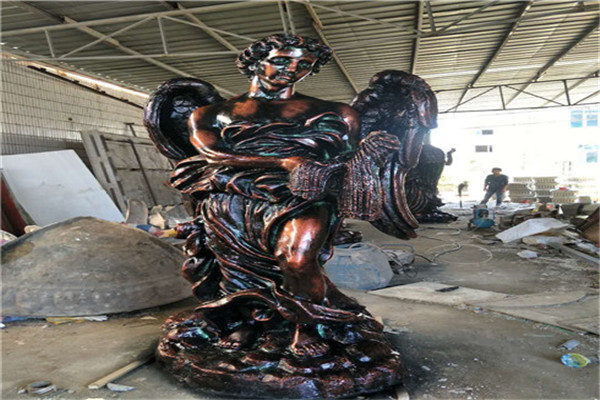
Artificial landscape rockery is a kind of mountain built with soil, stone and other materials for the purpose of landscaping in gardens. Guangzhou Sculpture processing The rockery has various landscaping functions, such as forming the main landscape or terrain skeleton of the garden, dividing and organizing the garden space, arranging the courtyard, revetment, slope protection, retaining soil, and setting natural flower beds. It can also be combined with garden buildings, garden roads, sites and garden plants to form a scene full of changes, so as to reduce the artificial atmosphere, add natural interest, and integrate garden buildings into the landscape environment. Therefore, rockery has become one of the characteristics of Chinese natural landscape garden. The natural landscape is the artistic source and basis of rockery creation. Although the real mountain is good, it is rare to visit it often. Sculpture processing Price The front rockery is arranged near the house. As a work of art, it is more general and refined than the real mountain. It can embody people's thoughts and feelings, and make it have the charm of "mountains are beautiful, rocks are beautiful". Artificial rockery must also try not to reveal artificial traces, making it difficult to distinguish the true from the false. The rockery, which comes down in one continuous line with the traditional Chinese landscape painting, is important because it seems true but not true. Although it is false, it is still true, which is thought-provoking.
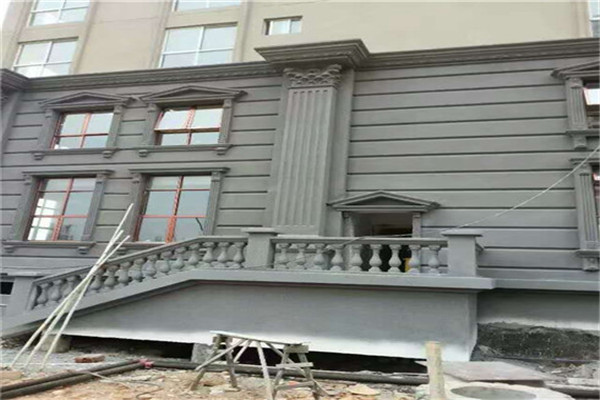
Copper casting is an important part of Chinese traditional culture and art. Copper casting has a long history and mature technology. The process of casting copper is more complicated than that of forging copper, and the artistic creation has a good recovery. Therefore, it is suitable for becoming the material of fine works and is very popular with artists, especially figure sculpture. But it is easy to oxidize, so pay more attention to maintenance. Each cast copper artwork is made through 11 complex and rigorous processes, which include traces of traditional handicrafts, lines and modern technology of precision casting. Cast copper is put into the sintering furnace and sintered at 1000 ℃ - 1150 ℃ according to different metal materials. The copper liquid is immediately cast into the ceramic shell. After cooling, the outer ceramic shell is broken, and the copper product rough embryo is peeled out.
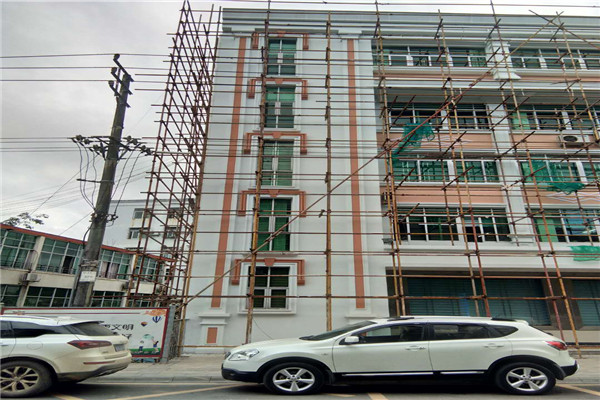
Jade carving, commonly known as jade ware, has a long history. Jade pendants appeared in China during the Neolithic Period, and the jade carving skills of the Shang Dynasty were relatively mature. There are dozens of jade carving materials, such as white jade, jasper, sapphire, black jade, jadeite, crystal, agate, topaz, single jade, Xiuyu, etc. Because the jade itself is fine, hard and warm, or white as cream, or green and green, bright and lovely color, suitable for making valuable decorations. As for the production of jade, most people think it is carved with a carving knife, but it is not. The jade is hard, and the carving knife cannot cut it into it. Instead, it is polished by various shapes of drill bits, emery and water, depending on the shape of the work. Therefore, it takes a long time to complete a jade carving.






